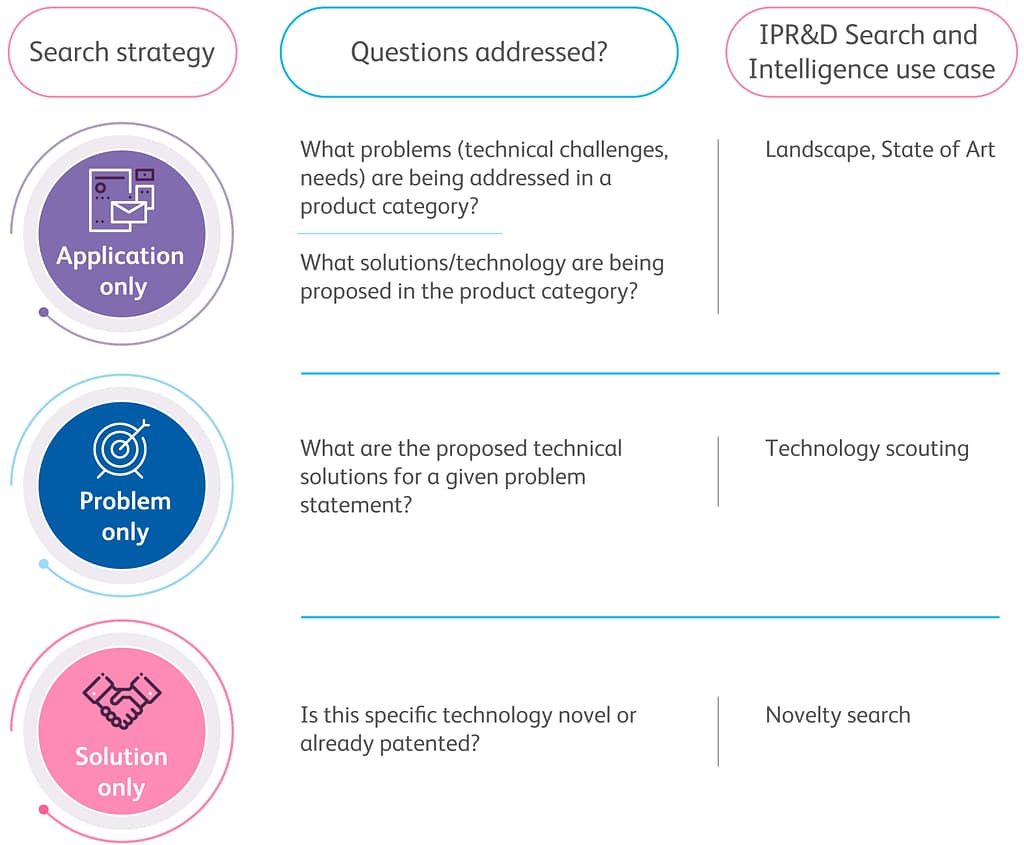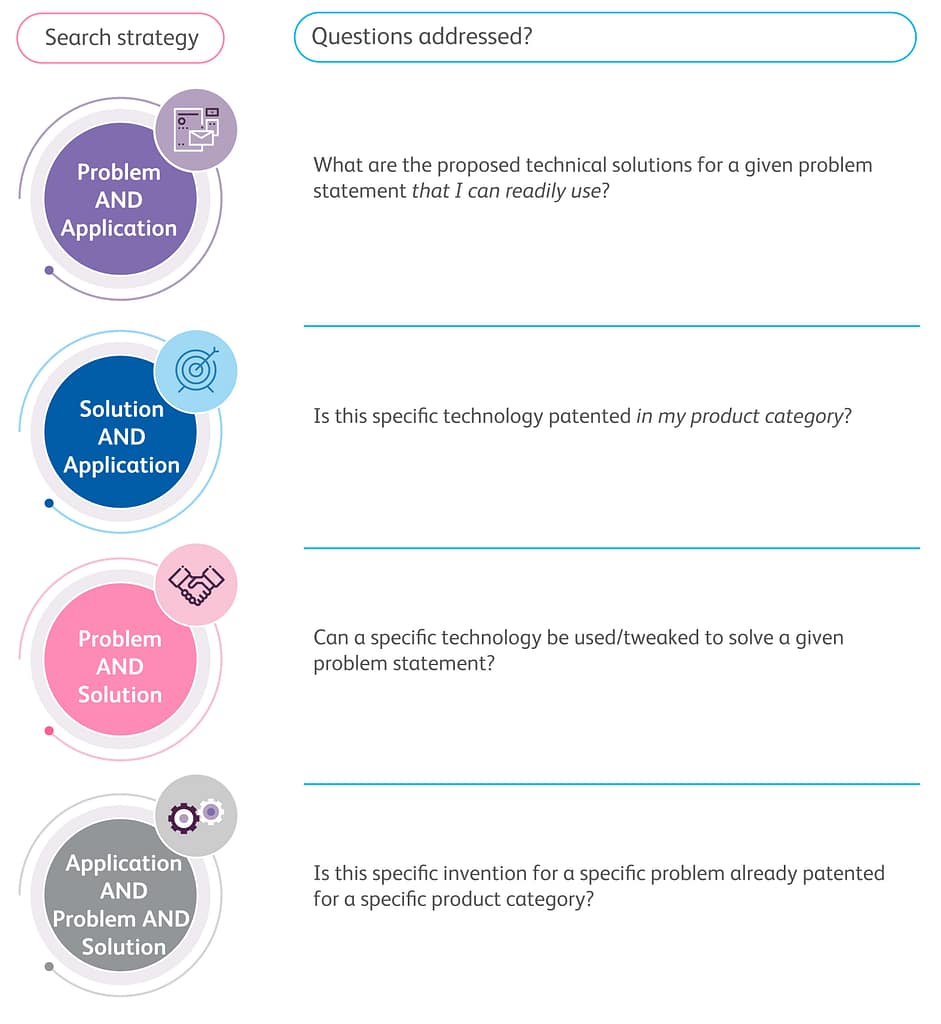
Ashutosh Pande
Ashutosh Pande is an expert in intellectual property, mathematics, data analytics, and data science. He’s the Vice President at Evalueserve’s IP and R&D Solutions responsible for doing and managing research around IP and R&D research services, aimed at improving their outputs for customers. He’s realized that to find the simplicity in anything, you just need to continually break down the complex ‘big picture’ into ever-simpler component parts, and search out the commonalities. Via the Information Adventurers blog – and in collaboration it’s with readers – Ashutosh looks forward to honing his own thought processes about challenges in IP and R&D research, and creating knowledge that will impact the industry.
- This author does not have any more posts.
We talk a lot about mind+machine™ at Evalueserve, and probably the most important contribution that the human mind can make is asking the right questions. While it may seem counter-intuitive – as Claude Levi-Strauss put it – the wise man doesn’t give the right answers, he poses the right questions. And in our field – Intellectual Property and R&D intelligence – that means knowing how to create effective search queries – asking the right questions and using multiple sources. These queries are even more important when you consider that you will be asking them using data sources that will not interpret the query. At Evalueserve, we use and continually develop a Problem-Solution-Application Framework (PSA Framework) to better guide the ‘Minds’ of our search teams in achieving clients’ search objectives.
The ‘Where, Why, and What’ that drives technical innovation
The patent search objectives associated with a project can translate into many different queries – some quite focused but missing important documents (low recall, high precision), while others can be broad with a very low relevancy ratio (high recall, low precision) – however we want to be both more efficient and effective than that, and focus on what is required to answer the objectives. In fact, most search objectives break down into three logical variables: the application, the problem (written as a customer benefit, or a technical problem, or both), and the solution (see diagram).
The Problem-Solution-Application Framework as basis for query building and (later) IPR&D Intelligence
As an example of how we would use this, say we have invented a new transparent material that can also change color under controllable conditions. This material can be used in windshields in cars to show directions and share proximity warnings. We could use the framework to break down the patent search process as follows:
One approach is to convert this into a search query combining keywords like windshield, proximity warning, and transparent material using various search operators; while another approach is to create three or four different sets of queries focused individually at the Problem-Solution-Application logical variables and then combine them in a logical fashion. There are other important factors to consider before converting this into a proper search query, but we will get to them in later posts. For this post lets us examine how to effectively use the PSA framework.
Which patent search strategy should I use for which use case?
Once the search objectives are effectively broken down into the logical variables, we can then start looking into which elements we need to use for specific search questions. In the above example of a new transparent material if we want to find out if the invention is novel or not, it would not matter if the material was developed for use in vehicle windshields or spectacles or home windows or any other application. Hence in the use case of a novelty search we may prefer to not restrict our query by use application areas.
Extending this example forward and analysing this for various use cases in IPR&D Intelligence we can see that this framework will help us in basic query formulation:
Having established why the PSA Framework is helpful the context of searching in IP and R&D, and how it works, now we can start building our query, based on a clear perspective of the questions that we want to answer.
If we extend our table of strategies, we can include some interesting combinations:
What do you think?
Is this a useful model for your work – has it made you think about how to ask the right questions, and why you need to? Please share your questions, insights, or requests for topics for us to cover on this blog – we’d love to discuss it with you!
Future posts: using the PSA Framework
Here – as is often the case – it’s the simplest and flexible models that can be the most powerful, and we look forward to sharing lots of ways the PSA framework can be used to improve patent search quality. For example, next time Urs Dommann will use it to explain the importance of tagging, also comparing it with the public library his parents managed in the village he grew up in.
We’ve talked many times about the importance of recall – in order to further address this I look forward to sharing a future post on how smart query strategy can be used to control recall. There is of course more to query formulation. PSA is a first step to systematic query preparation but there are more elements to consider.





